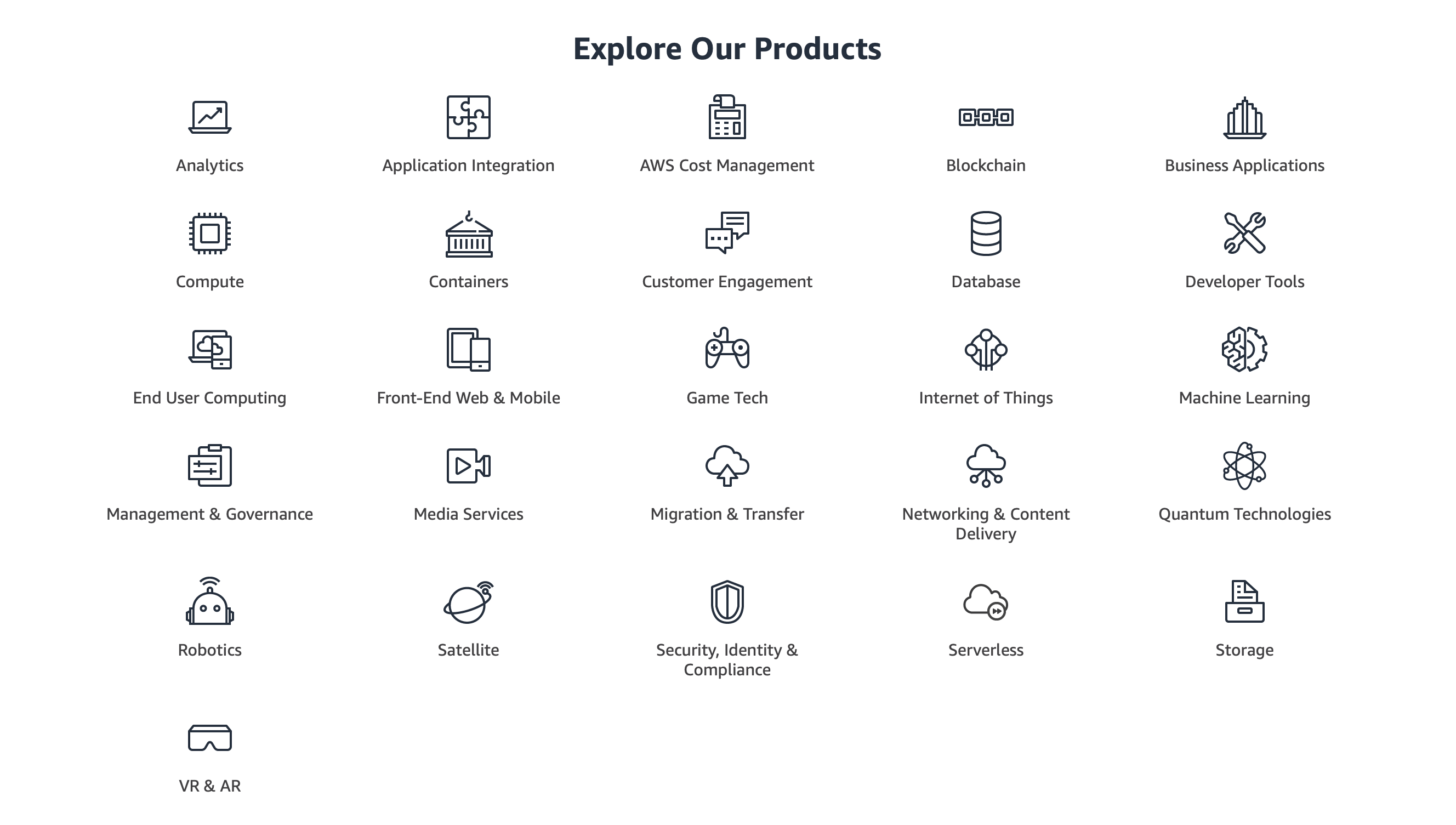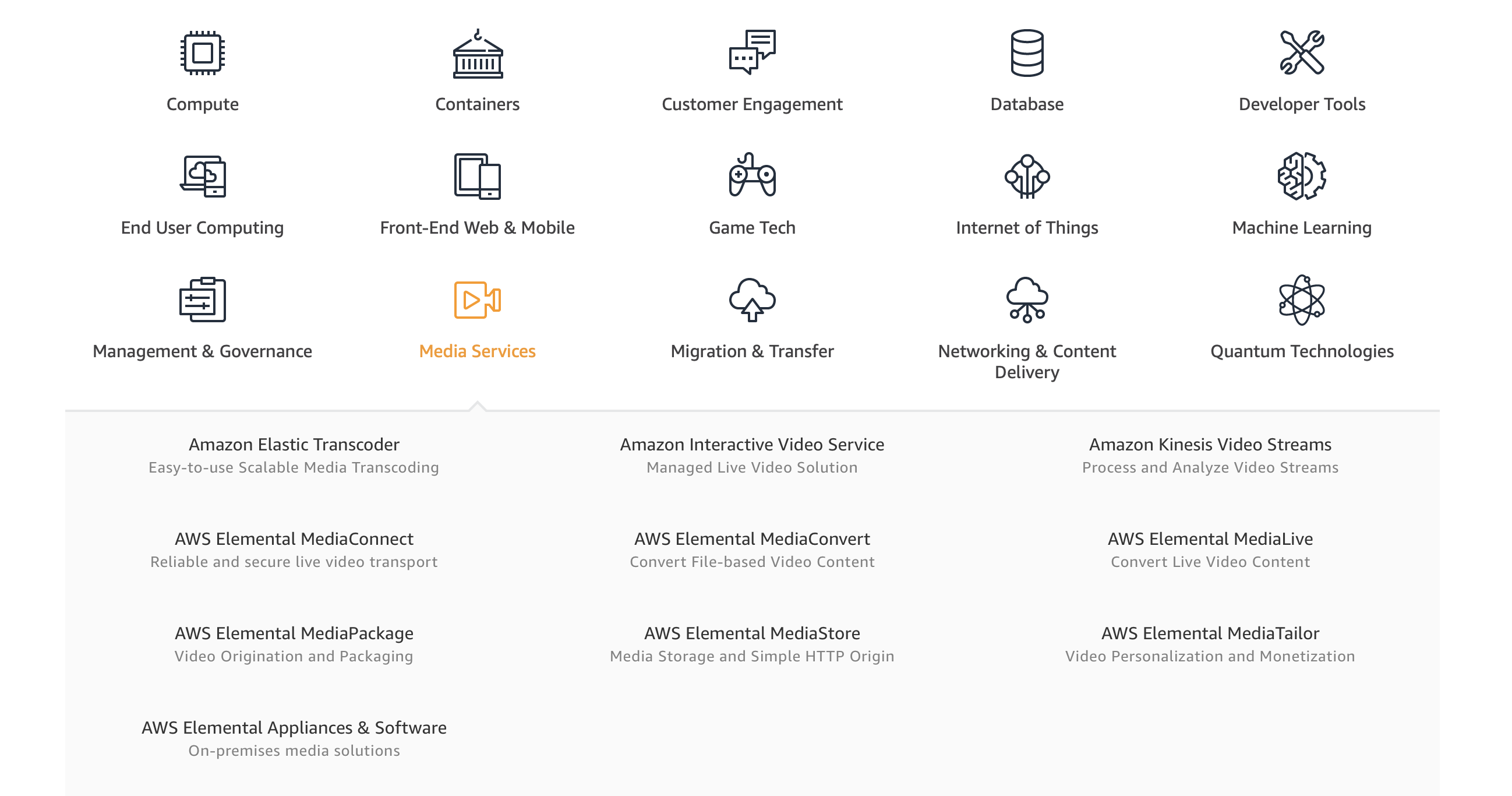1001 SaaS Product Ideas
Contents
One of the most frustrating experiences as an early stage solo technical founder is knowing you have the ability to build software, but not having an idea of what software to build. Well, here's 1001 ideas for you.
Ok I'll come clean. That title is a bit clickbaity and this post is not a massive list of ideas for you to simply scroll through.
Instead, this is a short framework for generating technical founder-friendly SaaS ideas, which can potentially generate many many more ideas than just 1001.
Table of Contents
- 3 Key Assumptions
- Prepare Challenge Questions
- Source Core Ideas
- Combine Core Ideas and Challenge Questions
- Creative Ideation
- Validation
3 Key Assumptions
This framework is based on some assumptions and if you don't agree with the assumptions then it won't work for you, so here are the assumptions up front.
1. API Products are a good fit for technical founders
This article focuses on API product ideas. Why?
API products are low-friction for the customer - you aren't asking a user to fundamentally change their behaviour, you are just solving a problem they already had and allowing them get on with their work. Let bigger startups build high-friction software that changes habits (note-taking, project management tools, etc) and focus on "plumbing" if you're a solo founder.
API products involve interesting technical challenges - as a technical founder you probably suffer from Shiny Object Syndrome where you keep getting bored of a product you've built and want to build a new one. You're more likely to stay interested in a product as a technical founder if it presents interesting technical challenges, and APIs can be good for that.
API products don't require heavy investment in UX - if you're a technical founder and design isn't your strong suit, API products are a perfect fit. Customers of API products care less about how the landing page and user dashboards look, and care more about whether the API "just works" to solve their problem.
API products enjoy less churn - this one is a hypothesis but arguably if you create an API product and integrate with your customer's platform, it will take a long while for them to churn. Anecdata; there are API products that I have been a paying customer of for years.
2. Amazon, Google and others have done the hard work for you
Amazon and Google both have a dizzying array of API products to use as inspiration for your next project. You can assume that to some degree, all of these products have been vetted by a lengthy process of validating customer demand, validating projected ROI, allocating budget etc etc.
3. You can profitably bring mainstream products to smaller niches by repositioning / rethinking the product
Nobody is saying copy those products!. But take a look at the problems they solve and especially, who they solve it for. For example, almost all of Amazon's products require messing around with IAM permissions and API authentication. Could you build a profitable competing / adjacent product that is aimed at a less sophisticated end user? More on this in a later section.
Prepare Challenge Questions
Challenge questions are questions that begin with "how might we… ?" and are meant to prompt further ideation (later in this framework). You can actually come back to this step later and create more challenge questions, but it's a good idea to start with a few defaults so that you don't get stuck later.
To create your challenge questions, first pick a well-known API service. This will help your ideation. Then, think of all the ways you could adapt it to different markets, use-cases, ability-levels etc. Don't think of the solution yet, just create challenge questions like this:
API Service: Online file storage (aka Amazon S3)
Example challenge questions:
- How might we make this more privacy-friendly?
- How might we make this more no-code friendly?
- How might we make this better for Japanese users? (insert your language here)
- How might we make this faster?
- How might we make this better specifically for video creators?
- How might we make the pricing easier to understand?
- How might we make this into a premium product vs. an infrastructure product?
Once you have about 5-10 of these you are ready to move on to the next step.
Source Core Ideas
For API / Infrastructure product idea inspiration, look to Amazon, Google and existing well-known API products.
At the time of writing:
Amazon has over 170 different AWS products
Google has over 90 different Google Cloud products
This is just Amazon's list of product categories…

Each of which contains multiple products…

You can also google for lists of "popular APIs" or "best APIs for…" to find lists like this:
A Curated Collection of Over 150 API’s to Build Great Products
Top 50 Most Popular APIs on RapidAPI
As I mentioned, the point here is not to clone one of these products, but to look at the problem being solved and then think creatively how it could be adapted to different use-cases, audience segments or price points - using your challenge questions.
These product lists are so extensive that the more closely you look, the more you can start to see similarities between one product and another startup that may be offering a similar product but just with better support / more user-friendly / better developer experience etc.
That is not to say one side has copied another, but that core problems can be sliced and diced several ways to suit several markets.
Choose problem spaces you are interested in
One key piece of advice here is to go with your gut and choose areas you have a personal interest in.
As a founder you need to have a long-term commitment to your goals - don't expect success overnight
I still maintain that the primary advantages you can have as an solo technical founder are simply a commitment to a long-term horizon and a personal, passionate fit with your product (also known as Founder-Market fit).
I'll pick some random products from these lists so we can move to the next stage in the process:
- Media transcoding API
- HTML to JSON API
- Image hosting API
- Nutrition database API
Combine Core Ideas and Challenge Questions
In this next step, we use the challenge questions drafted earlier to act as prompts to expand the core idea.
It is simply a case of taking each idea one by one and then applying some or all of your challenge questions. At this stage you can also think up additional challenge questions that are specific to that idea. This is how I would take the above shortlisted ideas through this step…
Media transcoding API
- How might we make this faster?
- How might we make this more relevant to remote work?
- How might we 10x improve the developer experience?
HTML to JSON API
- How might we make this "zero config"?
- How might we make this more no-code friendly?
- How might we make this more relevant to the ecommerce industry?
Image hosting API
- How might we make this privacy-friendly?
- How might we make this into a premium product vs. an infrastructure product?
- How might we make the pricing easier to understand?
Nutrition database API
- How might we make this better for Japanese users? (insert your language here)
- How might we make this specfically tailored for special diets / religions?
Creative Ideation
It's time to get creative!
For each of your challenge questions, you now have to think of how you would actually address that question. There's no fixed method of how to do this, but one exercise I have found useful in the past is timeboxed sketching. Basically for each question you give yourself a short, fixed amount of time e.g. 60 seconds to scribble as many solutions to the question as possible, either by drawing or writing.
The outcome of this exercise will be a bit chaotic. You'll have some ideas that spawned lots of scribbles, and others that resulted in a dead end. That's sort of the point - keep pulling the thread where you feel the inspiration and it's likely it will lead somewhere positive. Ditch the ideas which have no momentum.
Validation
At this point you should have a couple of technical founder-friendly core product ideas with creative ways of how to take them into different directions and serve new audiences.
That's enough to start the validation process with potential users by having a conversation and seeing what they think. Validation is of course a whole other topic which I won't go into here, but it's the next step in the founder journey.
Good luck!


